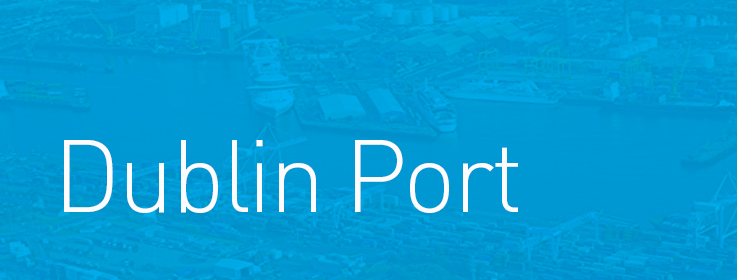

Always Think Water Safety Says Dublin Port Harbourmaster, Capt Michael McKenna
23rd July 2021 Wavelength Podcast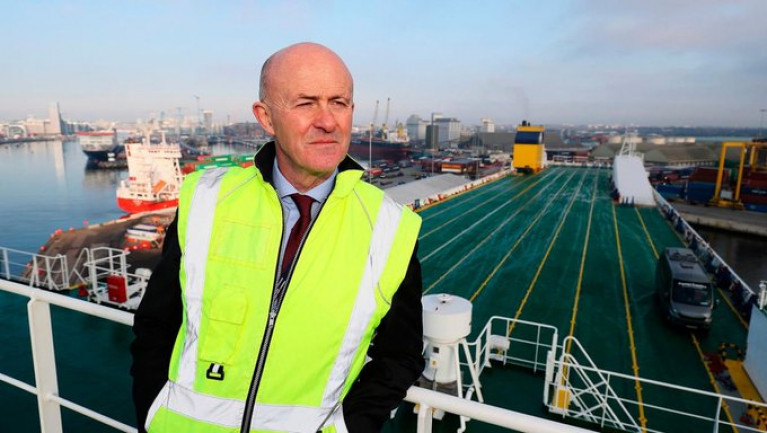
Truck Traffic: Half of Them Now Sail Direct to Continent As Brexit Shifts Routes
16th July 2021 Dublin Port
Dublin Port Volumes Recover in Strong Q2 - Now Down Just -2.1% After Six Months
15th July 2021 Dublin Port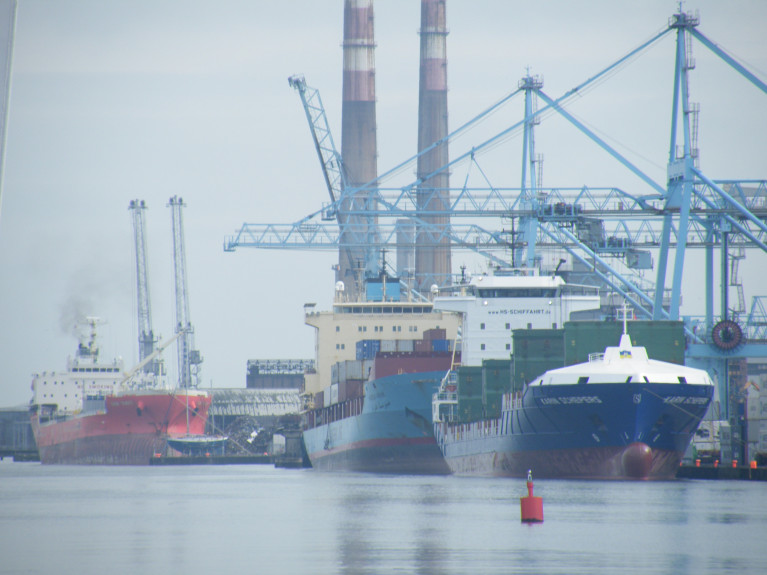



The Diving Bell on Sir John Rogerson's Quay Illuminated for the Dublin Pride Festival
25th June 2021 Dublin Port
Ballina Hopes for Reversal of Dublin Port’s Decision to End Rail Freight Service
16th June 2021 Dublin Port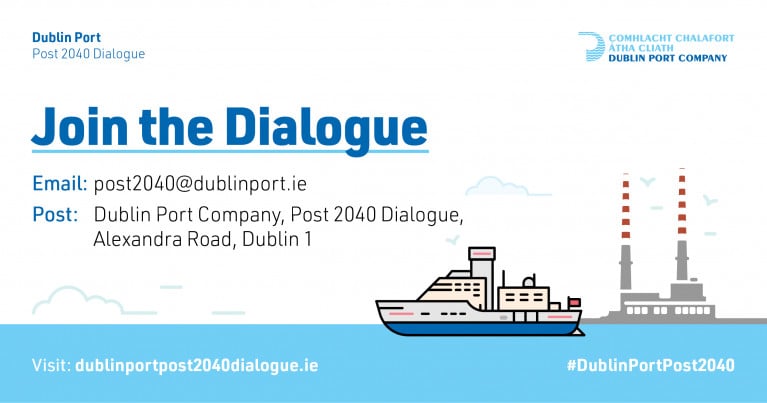
Dublin Port Reminder to Port Communities to Participate in Post-2040 Dialogue (By 30th June)
10th June 2021 Dublin Port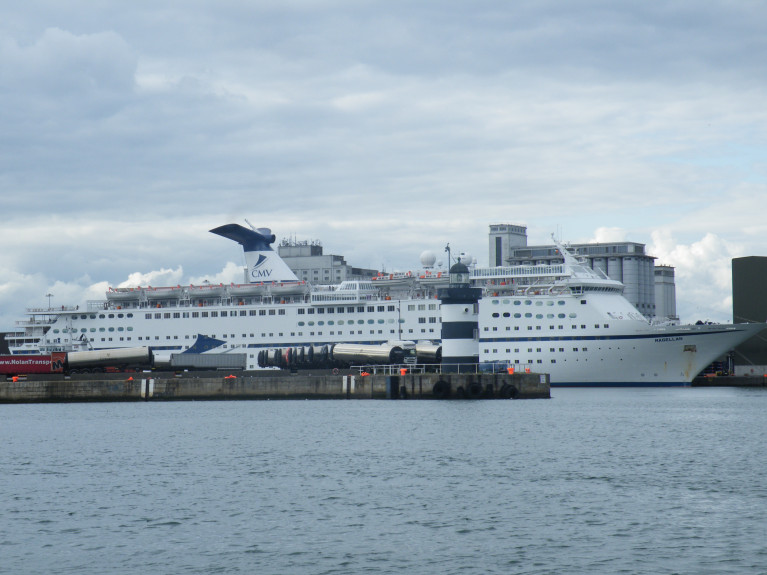

Dublin Port, Bindon Blood Stoney, & the Diving Bell – All Will Be Revealed
27th May 2021 Dublin Port

Séan O’Casey Community Centre Opens New Garden for Seniors in Dublin's East Wall
13th May 2021 Dublin Port
Are You Green or Blue: St Patrick’s & Stella Maris Rowing Clubs Back on the Water
9th May 2021 Rowing


























